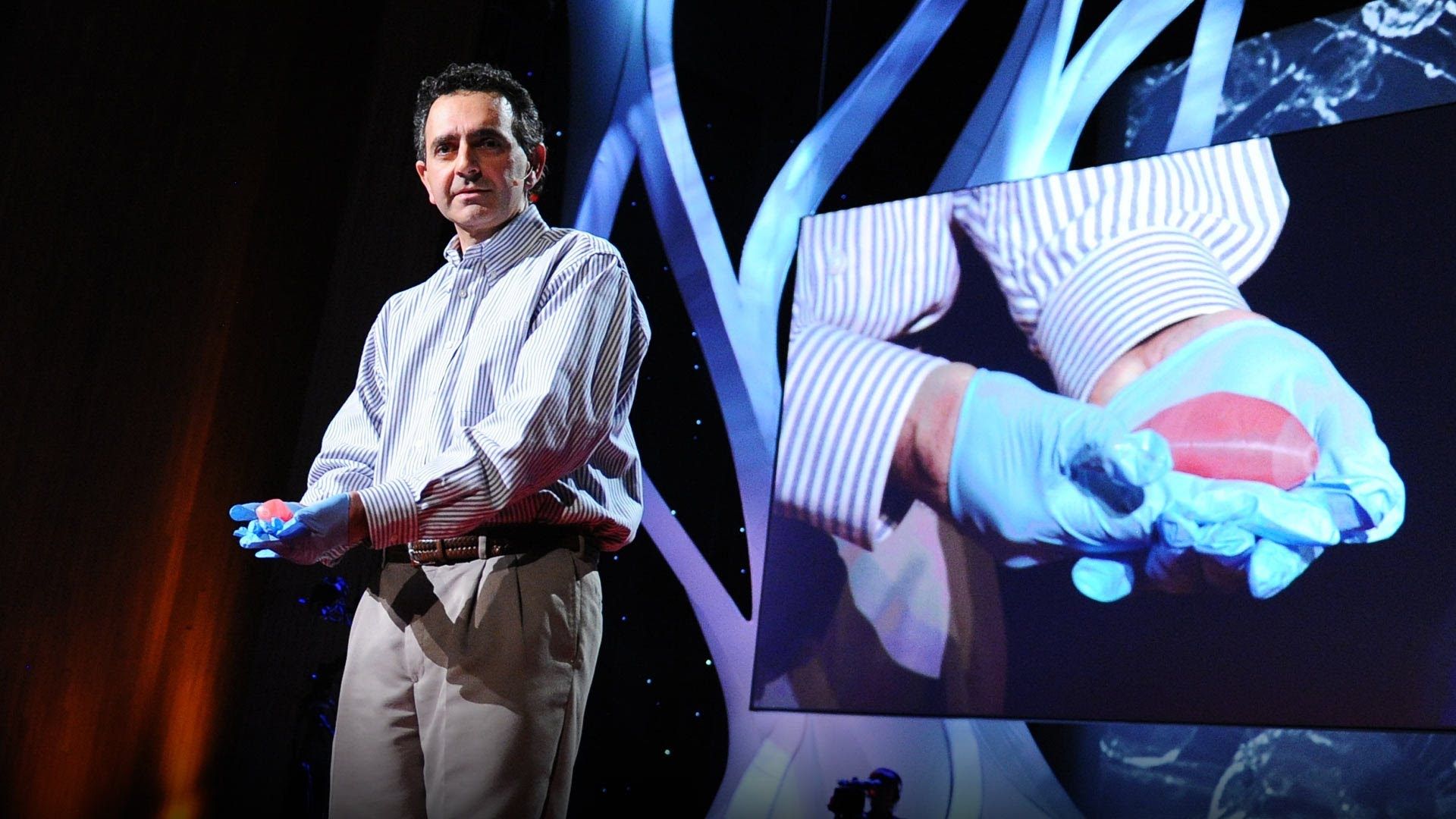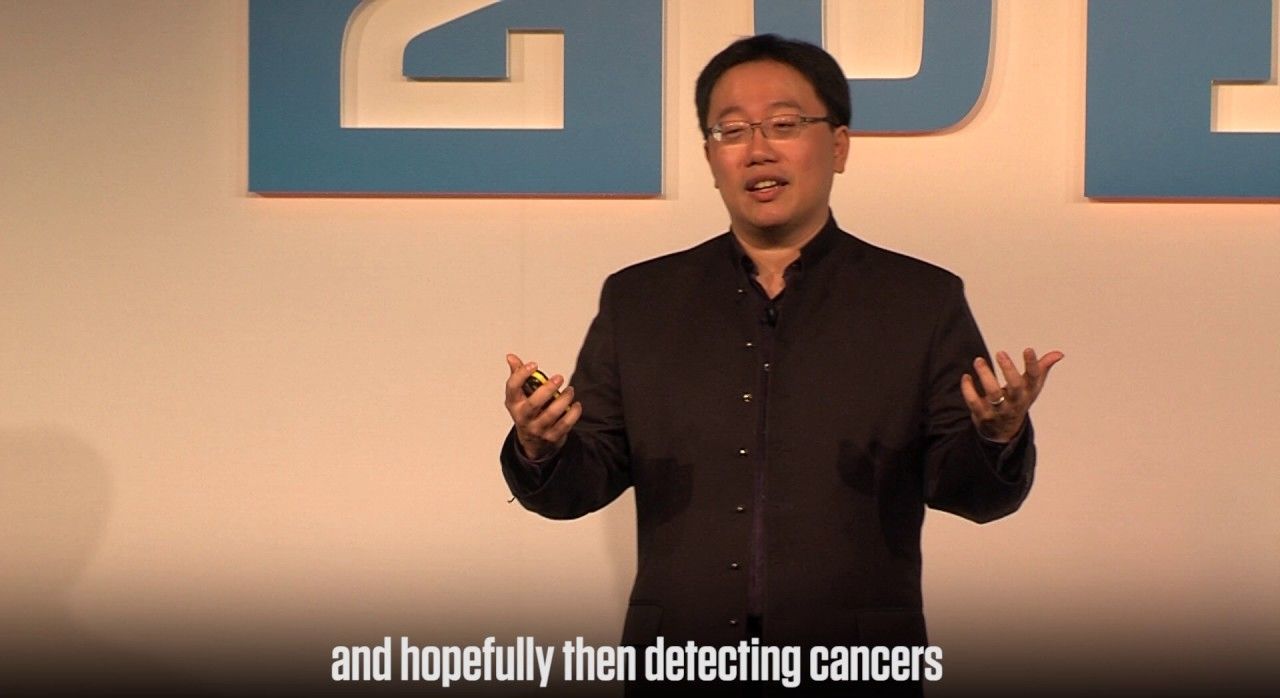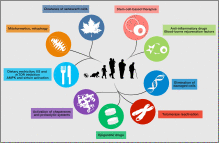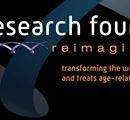Archive for the ‘life extension’ category: Page 592
Nov 6, 2016
The Hallmarks of Aging
Posted by Steve Hill in categories: biotech/medical, evolution, genetics, health, life extension
2013 saw the release of one of the most important papers in aging research and one that saw renewed interest and support for the concept of SENS.
Aging is characterized by a progressive loss of physiological integrity, leading to impaired function and increased vulnerability to death. This deterioration is the primary risk factor for major human pathologies, including cancer, diabetes, cardiovascular disorders, and neurodegenerative diseases. Aging research has experienced an unprecedented advance over recent years, particularly with the discovery that the rate of aging is controlled, at least to some extent, by genetic pathways and biochemical processes conserved in evolution. This Review enumerates nine tentative hallmarks that represent common denominators of aging in different organisms, with special emphasis on mammalian aging. These hallmarks are: genomic instability, telomere attrition, epigenetic alterations, loss of proteostasis, deregulated nutrient sensing, mitochondrial dysfunction, cellular senescence, stem cell exhaustion, and altered intercellular communication. A major challenge is to dissect the interconnectedness between the candidate hallmarks and their relative contributions to aging, with the final goal of identifying pharmaceutical targets to improve human health during aging, with minimal side effects.
Nov 5, 2016
SENS Research Foundation
Posted by Steve Hill in categories: biotech/medical, life extension
The excellent SENS animations hosted by Edward James Olmos of battlestar galactica fame.
Discover how SENS Research Foundation is driving public and professional recognition of potential true cures for age-related diseases and disabilities.
Nov 5, 2016
Printable Organs Will Put an End to Transplant Lists
Posted by Klaus Baldauf in categories: 3D printing, bioprinting, biotech/medical, life extension

A woman living on a dialysis machine is grown a new kidney using her own cells. A father struggling with age-related vision loss has his eyesight restored. A soldier suffers extensive burns and has his skin regenerated.
This is a glimpse of the holy grail of regenerative medicine. The ultimate goal of the field is to develop therapies that restore normal function to diseased tissues and organs. Advances in 3D bioprinting, the process of fabricating functional human tissue outside the body in a layer-by-layer fashion, have pushed the envelope on what is considered possible in the field.
Continue reading “Printable Organs Will Put an End to Transplant Lists” »
Nov 5, 2016
Dr House goes digital as IBM’s Watson diagnoses rare diseases
Posted by Steve Hill in categories: biotech/medical, life extension, robotics/AI
Dr. Watson will see you now…
IBM Watson is rapidly earning its place in medical diagnosis. It has recently proven its ability to accurately diagnose patients and far faster than conventional doctors could ever do. The world of diagnosis of medicine is going to change very rapidly in the next few years.
#crowdfundthecure #aging
Continue reading “Dr House goes digital as IBM’s Watson diagnoses rare diseases” »
Nov 4, 2016
Complicating the Picture for Aging, Cellular Senescence, and Bcl-xL
Posted by Steve Hill in categories: biotech/medical, evolution, life extension
More news on senolytics.
Efforts to build rejuvenation therapies that work by selectively destroying senescent cells are very much in the news of late. One class of senolytic drug candidates works by inducing apoptosis, a form of programmed cell death, via reduced levels of Bcl-2 family proteins, such as Bcl-2 itself, Bcl-xL, and Bcl-W, all of which normally act to suppress apoptosis. Senescent cells are inclined towards apoptosis already, so a modest nudge in that direction can destroy a fair proportion of these unwanted cells without causing harm to healthy cells. These apoptosis-related proteins have numerous other roles as well, however, since evolution is very much in favor of reusing the tools to hand. For example, Bcl-xL is also involved in mitochondrial damage protection, the immune response, cellular respiration and DNA repair: quite the portfolio, and all items that are connected to aging in one way or another. I noted an open access paper today that muddies the water considerably on the topic of Bcl-xL, as it shows that more Bcl-xL rather than less (a) reduces incidence of cellular senescence in tissue cultures, (b) extends life in nematode worms, and © is found in human centenarians, but not younger individuals.
Ordinary somatic cells, the vast majority of the cells in the body, become senescent when they reach the Hayflick limit at the end of their replicative life span, or in response to damage, or a toxic local environment, or as a part of the wound healing process. Senescent cells cease dividing, and most either self-destruct or are destroyed by the immune system soon afterwards. This behavior has evolved because it suppresses cancer incidence, at least initially, by removing those cells most at risk. Unfortunately not all are destroyed, and those that linger cause harm to surrounding tissues via a potent mix of inflammatory signals known as the senescence-associated secretory phenotype (SASP). Given enough senescence cells, as few as 1% or less of all the cells in an organ, significant dysfunction and inflammation is the result, contributing to the development and progression of age-related disease.
Continue reading “Complicating the Picture for Aging, Cellular Senescence, and Bcl-xL” »
Senescent cells once again implicated in the aging process this time in increased viral replication rates.
Kim JA, et al. Immune Netw. 2016 Oct;16:286–295. https://doi.org/10.4110/in.2016.16.5.286
Nov 3, 2016
Glucosepane Crosslinks and Routes to Cleavage (Yale University)
Posted by Steve Hill in categories: biotech/medical, life extension
This was a huge step forward for rejuvenation biotechnology earlier this year. Synthetic glucosepane can now be created on demand in the lab thanks to SENS research foundation and the work at Yale it is funding. Glucosepane is thought to be involved in hypertension and diabetes and so this research has important implications for these diseases as well as aging in general.
At Yale, we’re funding Dr. Spiegel’s essential work to characterise the molecular crosslink glucosepane, which stiffens blood vessels and skin as we age.
Nov 3, 2016
Cancer has a new enemy. This blood test hunts down even the earliest traces of the disease
Posted by Shane Hinshaw in categories: biotech/medical, genetics, health, life extension

“Cancer is a disease of ageing,” Lin, geneticist and president of the Rare Genomics Institute, told the audience at WIRED2016. The World Health Organisation estimates there are about 14 million new cases of cancer every year, and predicts that figure will double by 2050. Currently, eight million people are killed every year by the disease.
By combining early intervention with an understanding of cancer genomics, however, mankind could be on the cusp of fighting cancer effectively and at scale. “We are at the intersection of three of the most exciting revolutions in cancer therapy,” Lin said.
Nov 2, 2016
AMA: I’m Zoltan Istvan, a transhumanist US Presidential Candidate. Ask me anything!! : Futurology
Posted by Zoltan Istvan in categories: biotech/medical, computing, cyborgs, economics, geopolitics, life extension, military, robotics/AI, transhumanism
Come “ask me anything” right now!!! I’m trying to answer all questions I get asked:
Hi Reddit,
Thank you for having me here. My name is Zoltan Istvan, and I’m a futurist, journalist, and science fiction writer. I’m also the 2016 Presidential candidate for the Transhumanist Party.















